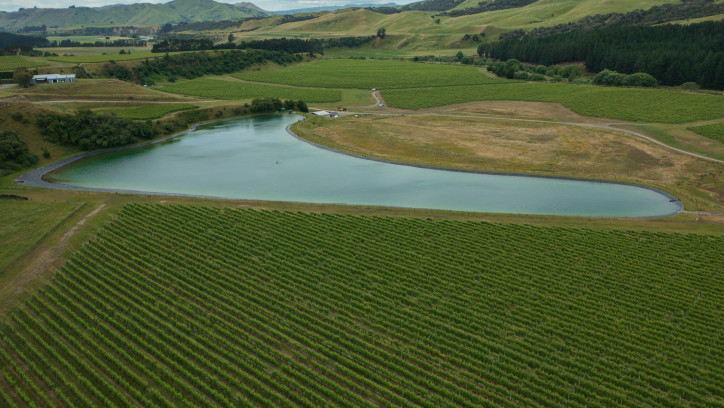New regulations to ensure dam safety
Posted: 13 May 2022

The regulations ensure that classifiable dams are well operated, maintained and regularly monitored. They also ensure that potential impacts of dam incidents and failures are reduced, protecting people, property and the environment.
Dam owners, regional authorities and Engineering NZ have two years to prepare for their dam safety responsibilities, with the regulations commencing on 13 May 2024. Not all work needs to be completed within the two-year timeframe. The Building Act sets the timeframes for implementation once the regulations commence. The first milestone is for potential impact classifications to be submitted to the regional authority three months after the regulations commence.
The regulations are risk based. Dams are only classifiable if they are above a certain size and owners of medium and high potential impact dams have additional responsibilities. Most small dams will not be impacted by the regulations. To be a classifiable dam, a dam must be:
- four or more metres in height and store 20,000 or more cubic metres of water, or other fluid
- one or more metres in height and store 40,000 or more cubic metres of water, or other fluid.
Owners of classifiable dams will need to assess the potential impact of their dam if it was to fail. They will then need to classify the potential impact of that dam as low, medium or high. Dams classified as low potential impact require no further action under the regulations, other than to review the classification every five years.
The classification will need to be certified by a recognised engineer and submitted to the regional authority for approval. This must be done within three months of the regulations commencing, or no later than three months after the dam is commissioned, whichever is later.
Owners of dams that have a medium or high potential impact classification will have additional requirements to ensure that their dam is safe.
MBIE has detailed information available, along with resources to help dam owners, recognised engineers, and regional authorities with their responsibilities.